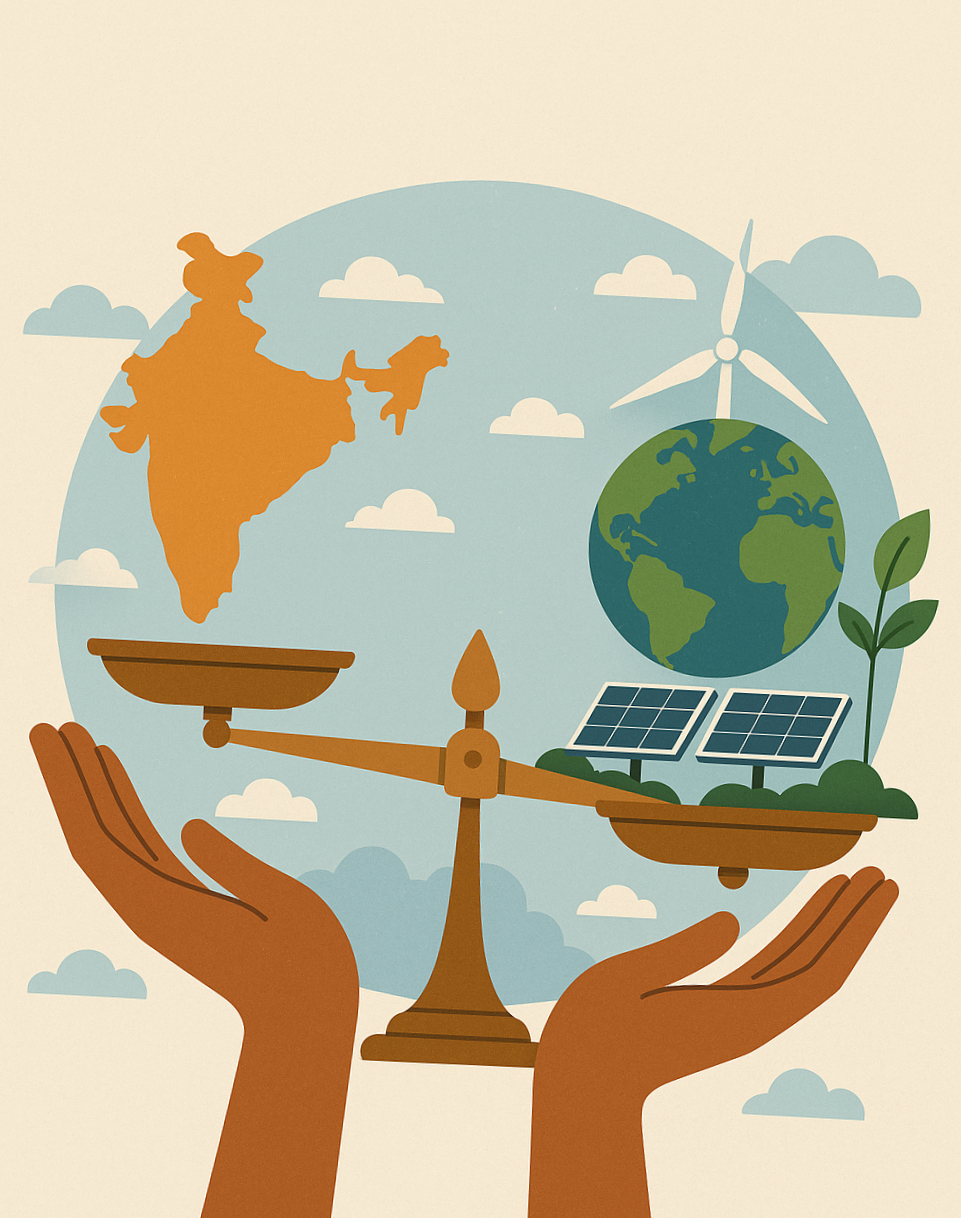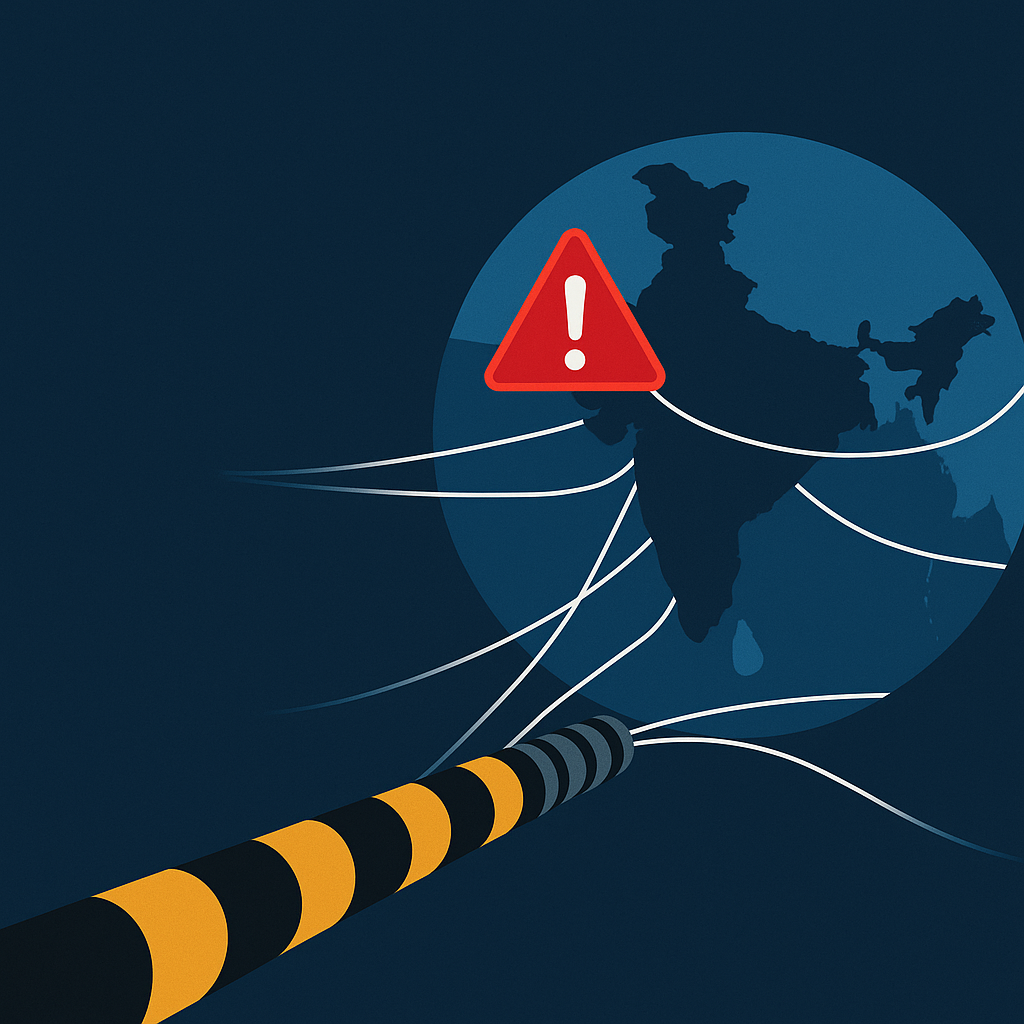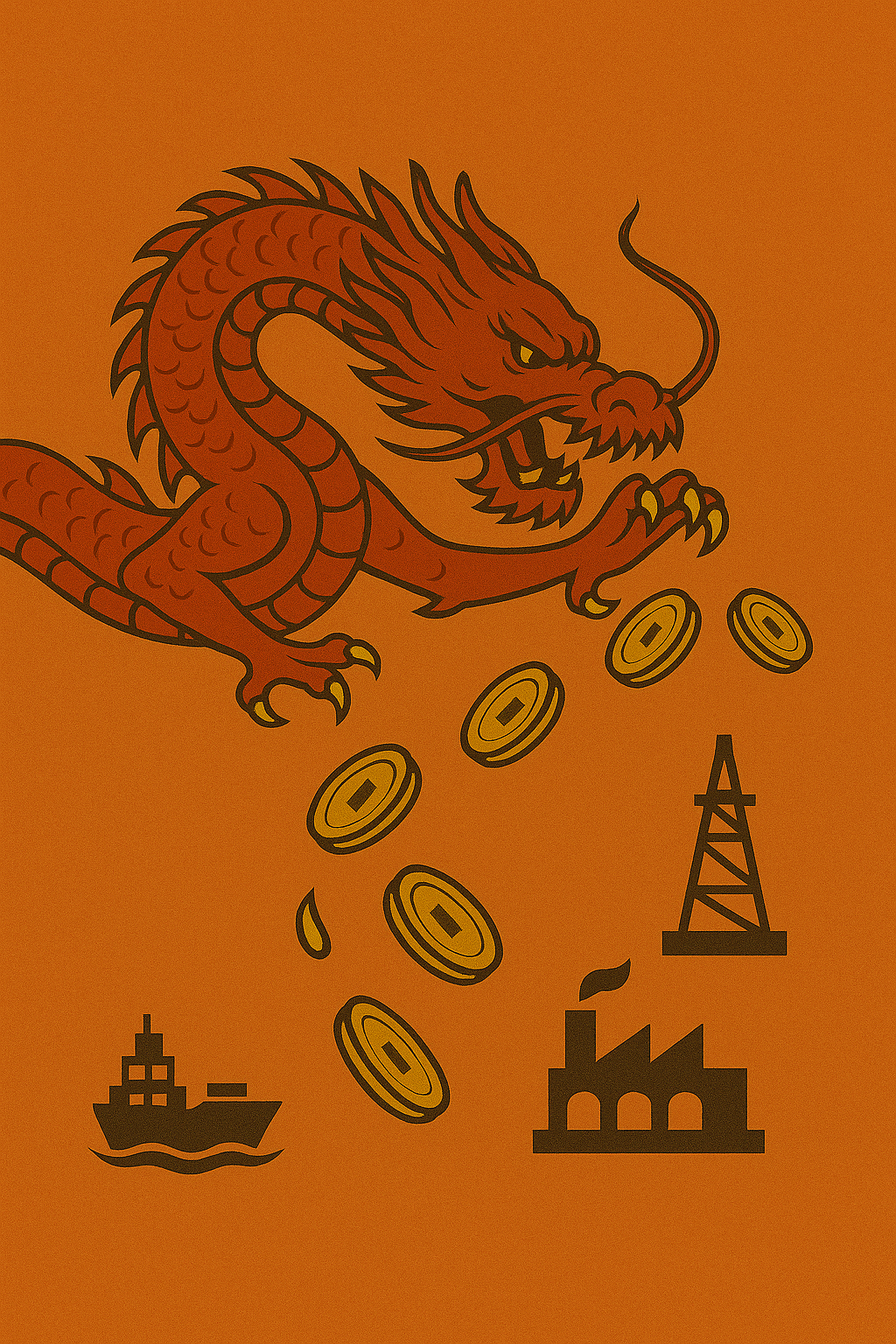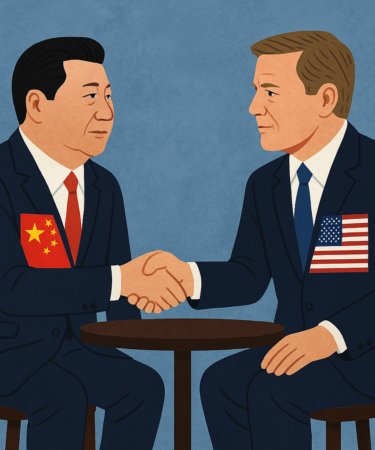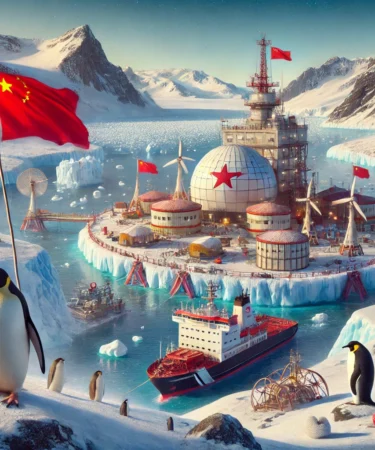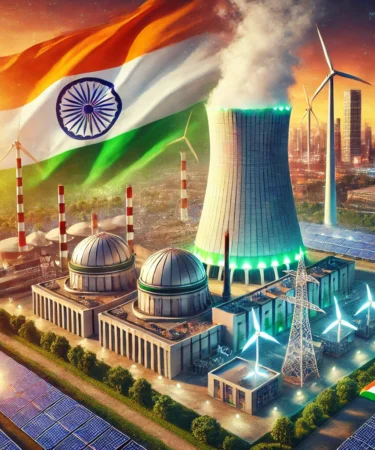Pakistan has been very proud of its nuclear weapons programme and its dependence on the weapons has enhanced tremendously with the continuing instability within the country and rising Islamic extremism in the region. Islamabad has long tried to balance its domestic vulnerabilities with the nuclear weapons which it treats as the ultimate guarantor of its survivability and security.


